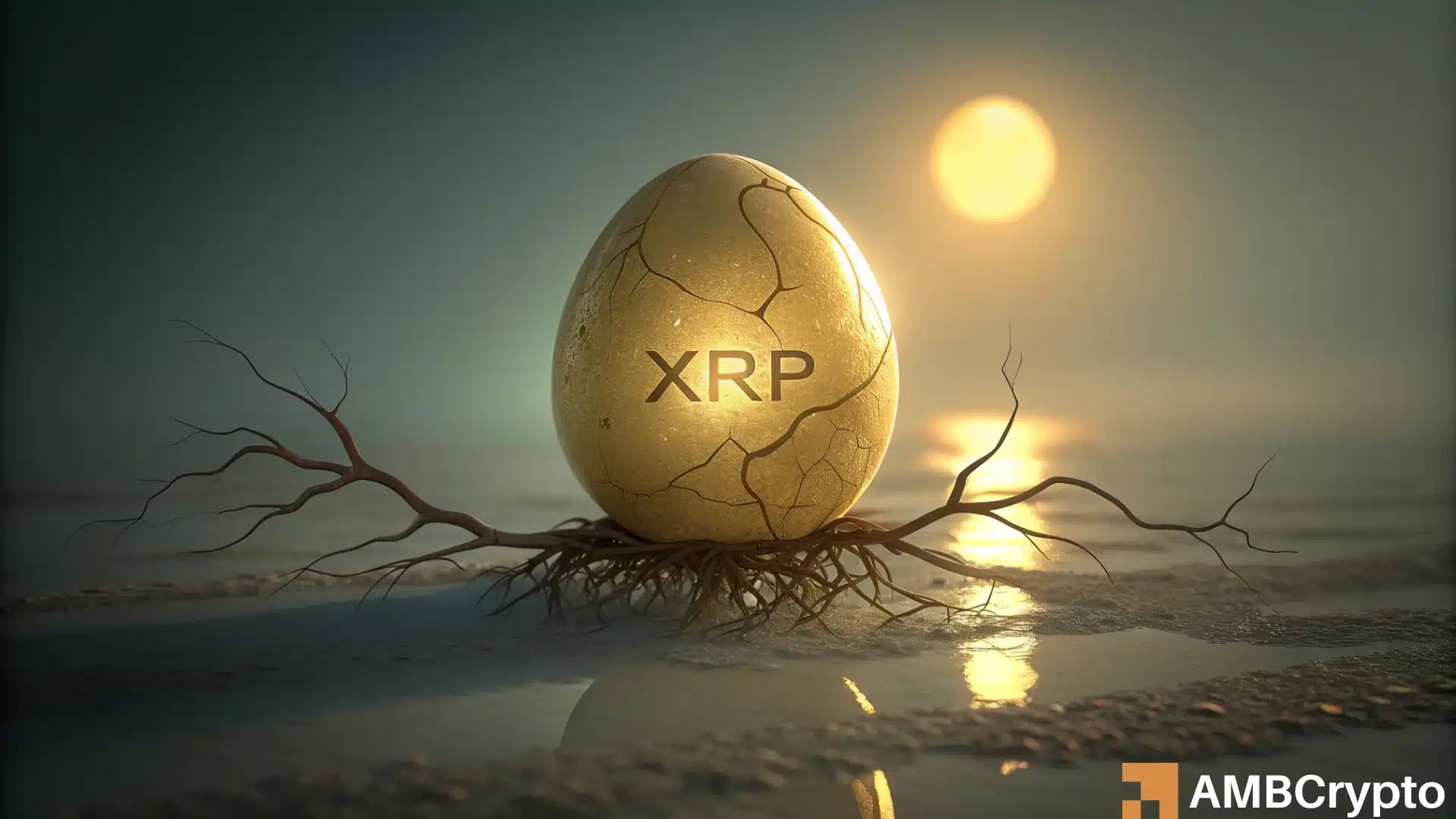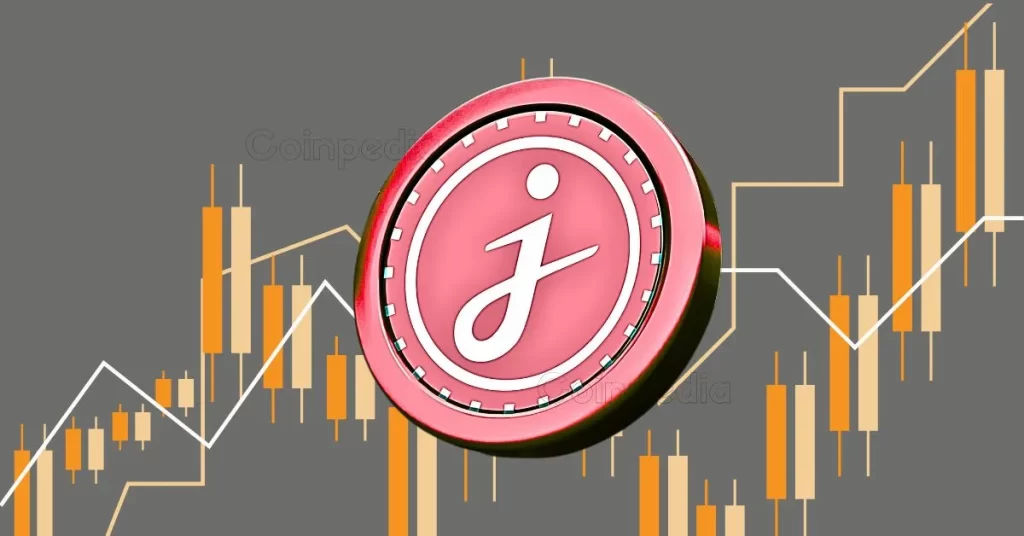
Brazil’s central bank has entered phase two of its Drex CBDC pilot, collaborating with global tech leaders like Microsoft to enhance trade finance and supply chain processes.
According to a Nov. 19 announcement by Banco Central do Brasil, phase two of the Drex pilot focuses on creating a blockchain-powered trade finance solution to address inefficiencies in cross-border agricultural commodity transactions.
The initiative brings together Microsoft, Chainlink, Banco Inter, and 7Comm to drive the project forward.
Using tokenized electronic bills of lading (eBOL) and blockchain mechanisms such as delivery-versus-payment (DvP) and payment-versus-payment (PvP), the project aims to automate supply chain payments and streamline global trade processes.
DvP ensures asset transfers occur only upon payment confirmation, while PvP facilitates simultaneous settlements across currencies.
These technologies will be tested to improve transparency, reduce delays, and enable seamless cross-border operations.
Chainlink will contribute its Cross-Chain Interoperability Protocol (CCIP) to facilitate secure cross-platform transactions.
This decentralized oracle technology enables blockchain-based DvP mechanisms, ensuring secure and efficient automated trade settlements.
Meanwhile, Brazilian digital bank Banco Inter, is overseeing the local implementation of the Drex platform.
The institution views this project as a way to expand market access while improving the economy.
Tech giant Microsoft is contributing the cloud infrastructure to support the pilot’s technical requirements, while blockchain integration company 7Comm will provide the necessary expertise to ensure the smooth deployment of blockchain technologies into the pilot’s framework.
Together, these participants aim to tackle the “trilemma” of decentralization, privacy, and programmability, incorporating tokenized assets into banking balance sheets.
Phase two of the Drex pilot is scheduled to run until 2025, with plans to explore various other use cases.
These include digital asset transactions such as liquidity pools for government bonds and cross-border trade.
Stablecoins and regulations
Despite these advancements, Drex faces competition from stablecoins, which dominate Brazil’s cryptocurrency market, particularly in remittances and foreign exchange.
As previously reported by Invezz, between July 2023 and June 2024, the country received $90.3 billion in cryptocurrency transactions, with stablecoins accounting for 59.8% of this volume.
The central bank aims to address this by integrating Drex into the broader financial ecosystem to assert more control over the sector, considering most of the popular stablecoins are private.
Brazil is also moving forward with cryptocurrency regulations to ensure investor protection and compliance.
Earlier this year, the central bank announced a multi-phase plan to regulate virtual asset service providers (VASPs).
This initiative includes public consultations and the development of a compliance framework for VASP operations.
The central bank plans to develop frameworks for stablecoin oversight, particularly those used for payments and foreign exchange.
Anti-money laundering compliance and fraud prevention are also priorities under the new framework.
The post Microsoft and Chainlink join phase two of Brazil's CBDC pilot program appeared first on Invezz















 English (US) ·
English (US) ·